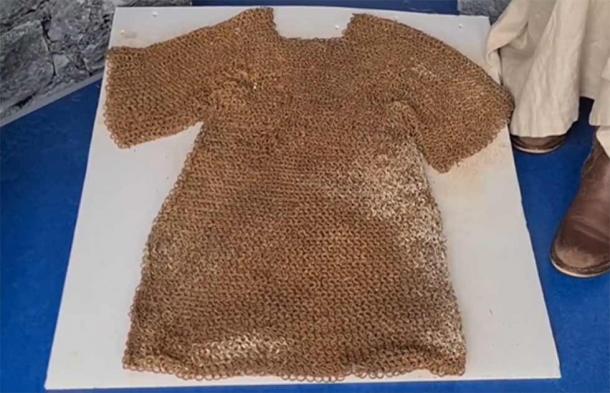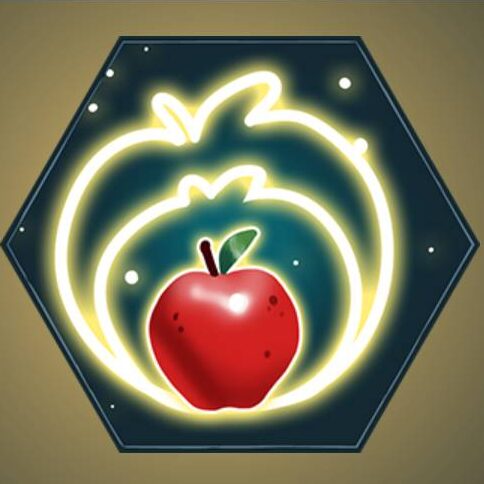I should have been publishing the next Rolemaster Fanzine this week, but I am digging into a bigger project for the next issue.
At the end of last months ‘zine I said I was going to detail out one of the Dwarven strongholds. As I have been creating Dungeondraft maps of each location for use on VTT this stronghold is taking somewhat longer than I had anticipated.
I have also invested some time in improving my map-making, thanks to YouTube.
I am also on a drive to use a wider variety of foes. My first dwarven stronghold is long abandoned, at least by dwarves, but it gives me an opportunity to use Constructs in all their myriad forms.
I have a subterranean river on the map, and that is plied by animated paddleboats that will ferry non-existent passengers back and forth from the mines to the inner stronghold for all of eternity (or until they meet an angry player character).
It is quite fun to have three basic stat blocks but they have an infinite number of forms, one could be a sentry suit of armor, another boat, and a third a noble child’s toy warhorse.
I am also building in some physical challenges, the adventure isn’t just a hack-fest through unthinking machines.
I was hoping to be playing my campaign again by now but the Shadow World game I am in is taking a little longer to complete than we had anticipated. One of the three players had been ill and needed an operation. The illness meant that he couldn’t play for a few weeks, then the operation definitely put him out of action. We had our first session back on Fantasy Grounds (RMC) last night and he was exhausted by 10pm, we normally play to near midnight.
But, he is on the mend. We left the session last night as we just rolled for initiative to fight a Giant. Not just any giant, but a GM tweaked unique giant. It is several hundred years old, cyclops-like, but very intelligent, sophisticated, and seems to be using some nature magic, possibly druid lists. We are not sure.
The party is strung out, I am halfway up a cliff face doing a free climb, the two fighters are charging into melee, but it is a long way away. The paladin got flattened by a thrown boulder in the first round, but has shaken off the stun but is carrying a lot of bruising with its associated penalties. The bard is our weakest party member. Little or no armor, little skill with weapons, and very few spell lists. The giant started hurling rocks at the paladin, but I started jumping around and shouting to get its attention. This is not a way to guarantee a long life, but it did buy enough time to get the remaining two fighters close enough to launch an attack. I have light armor, so I am hard to hit, and a pretty good DB. I am also the party healer, so I have a reasonable chance of standing up even if I do take a direct hit.
We will see how this fight pans out.
We believe that we need to take down this giant, scoop out its eye, deliver that to a witch that lives in the swamp, and she will guide us to the stronghold of the necromancer that has been plaguing this region. Simple!






